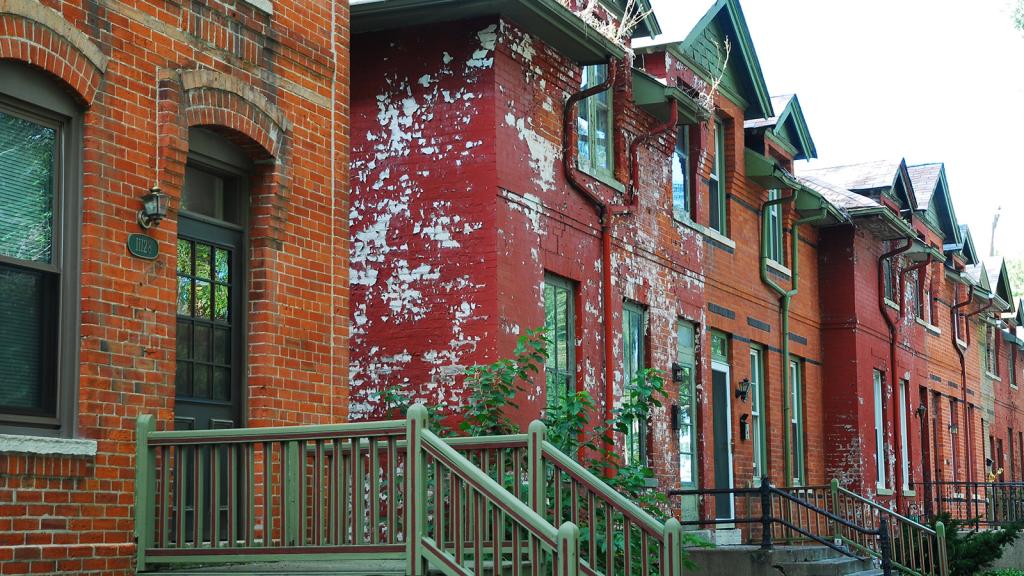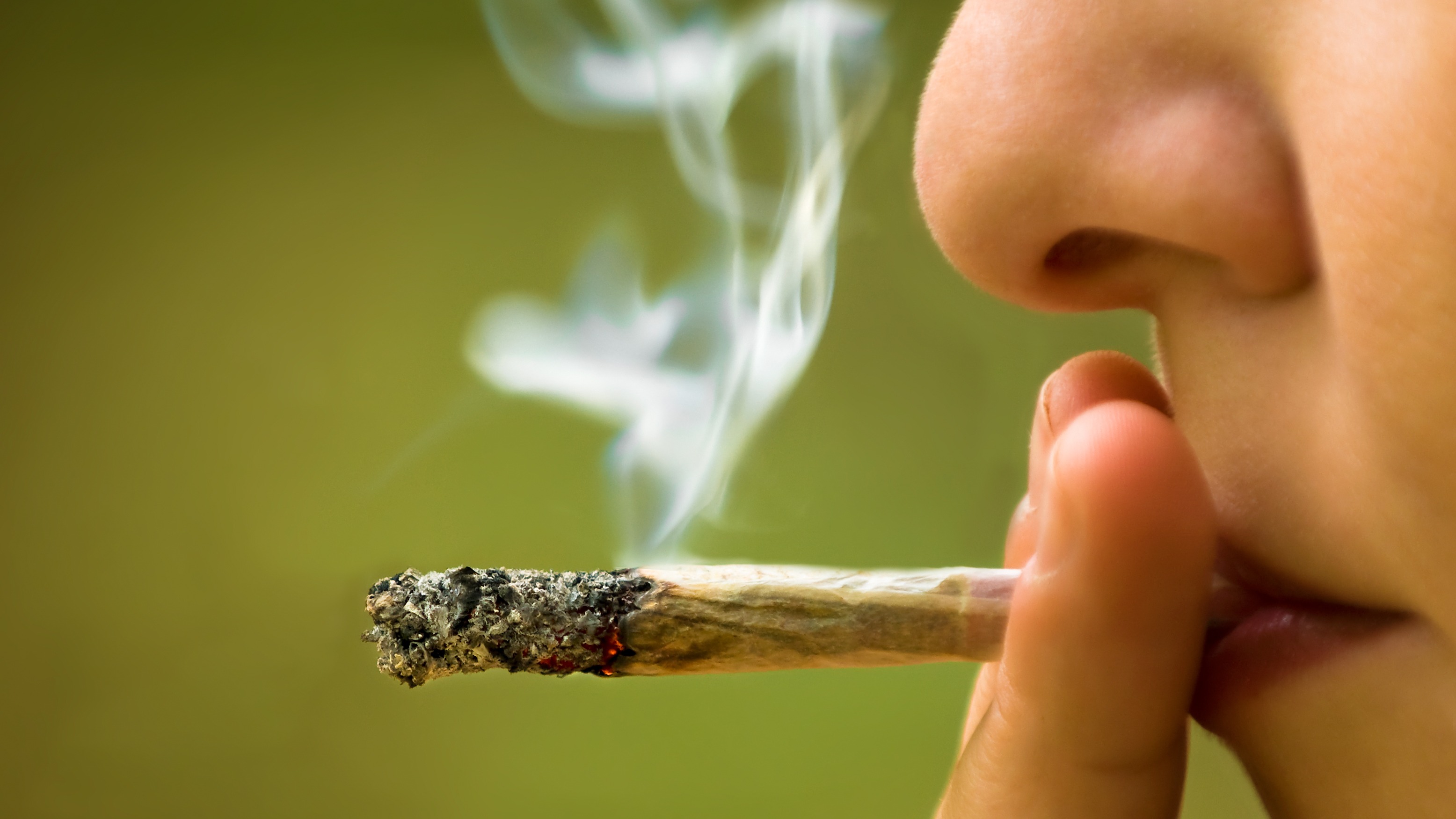Getting stoned isn’t as green as you might think. Before we burn indoor-grown buds, we light up fossil fuels, which produce far more harmful smoke than Mary Jane. That’s why Boulder County*, in the weed kingdom of Colorado, plans to start charging pot producers extra for their electricity use.
I hate to harsh mellows, but most pot is grown indoors, which means farmers need to bathe the plants for hours in lights bright enough to mimic the sun. Producers also often run electric air conditioners, ventilators, and filters to keep the chronic chill and pure. The Northwest Power and Conservation Council says it takes about 141 kilowatt-hours (kWh) to grow an ounce of dank — enough electric energy to keep a volcano vaporizer blazing buddha for nearly two months non-stop.
Sure, this power consumption gets pricey, but slinging weed is profitable enough that growers rarely worry about fat utility bills; the produce of a single plant can earn as much as $6,000. If only there were some way to make energy users pay for the pollution associated with producing that power. Like carbon pricing!
Boulder County ganja growers will soon have to pay 2.16 cents per kWh as an additional fee to atone for their climate impact, reports USA Today. If all costs are passed on to the consumer, that means an extra $3 per ounce, or about 5 cents to offset your carbon footprint every time you and your homies curl up a J bar. And the money goes toward helping growers reduce their electricity use, according to the original article:
Initially those special fees will pay for government workers to advise marijuana growers how to use less energy. Experts say growers could cut their power bills in half simply by switching to high-efficiency LED lights, which cost more to buy.
LED bulbs save energy by producing less heat, so the lighting upgrade could cut back on power-guzzling AC use as well. The extra charge also might tip the financial balance enough to motivate growers to produce their own power (but maybe don’t steal solar panels to do so, OK?).
All of which leaves one giant question hanging in the air like so much Purple Haze: Why don’t commercial growers use free solar energy by cultivating cannabis outside? Outdoor herb farming is cheaper and greener, especially when pot is grown under stringent ecological standards.
The comedown is that Colorado’s Amendment 64, which legalized recreational marijuana use, states that el producto must be grown in enclosed and locked spaces — that is, indoors. And even where open-air cultivation is allowed, growing marijuana in skunky-smelling fields is risky, because the feds still consider the medicine illicit substance a Schedule I drug — meaning that farms are still subject to FBI raids. What’s more, illegal outdoor pot farming tends to be an ecological nightmare: Growers steal water from river ecosystems, pollute those same watersheds, and often poison bears, ugly weasels, and unsuspecting doobie puffers with pesticides.
So what’s the solution? We’re high on this carbon fee idea. Making it legal and easy to grow organic, outdoor bud while minding our carbon footprint? That would really put us on another level.
*Correction: We originally reported that the legislation was taking place at the city level, rather than for all of Boulder County. Also, County officials say the fee is just one possible compliance option. Grist regrets the error and has sentenced the author to rolling blunts he won’t get to smoke.



